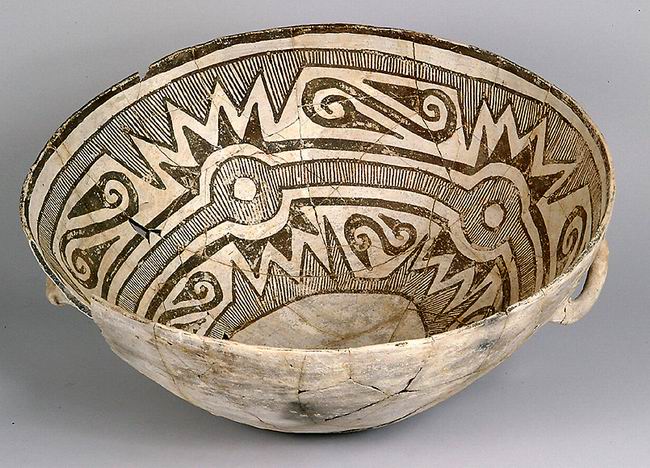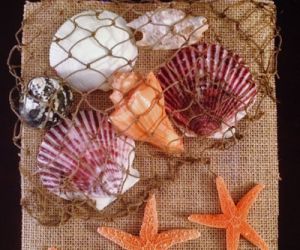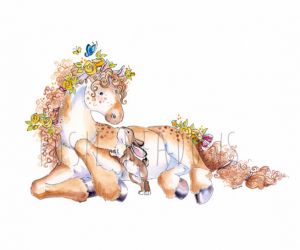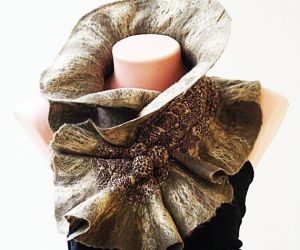This fascinating article is by guest author Audrey Brooks, and sponsored by Emerson Creek Pottery. Emerson Creek Pottery is handcrafted in the Blue Ridge Mountains of Virginia.
Precise patterns used in pottery are an art form dating back thousands of years and encompassing many cultures, including Greek and Native American. The styles and patterns (like all art) were constantly changing to include a flux of outside influences and shifts in historical meaning.
Greek Pottery
The linear vase designs found in the pottery of Ancient Greece constitute most of a phase in Greek fine art at the end of the Greek Dark Ages (9th and 8th centuries, BC). The proportions for the vases were based on a meticulous system – with the vessel height being twice the width, and the neck measuring half of the height – while patterns were carefully selected to highlight vessel shape and distinct portions. To emphasize dimension and height, Greek patterns in the later eras were restricted to specific shapes – the neck and belly. These areas also offered the most freedom in decoration. Greek pottery, unlike today, was only finished in the kiln, or “fired”, once, but the process usually involved several steps.
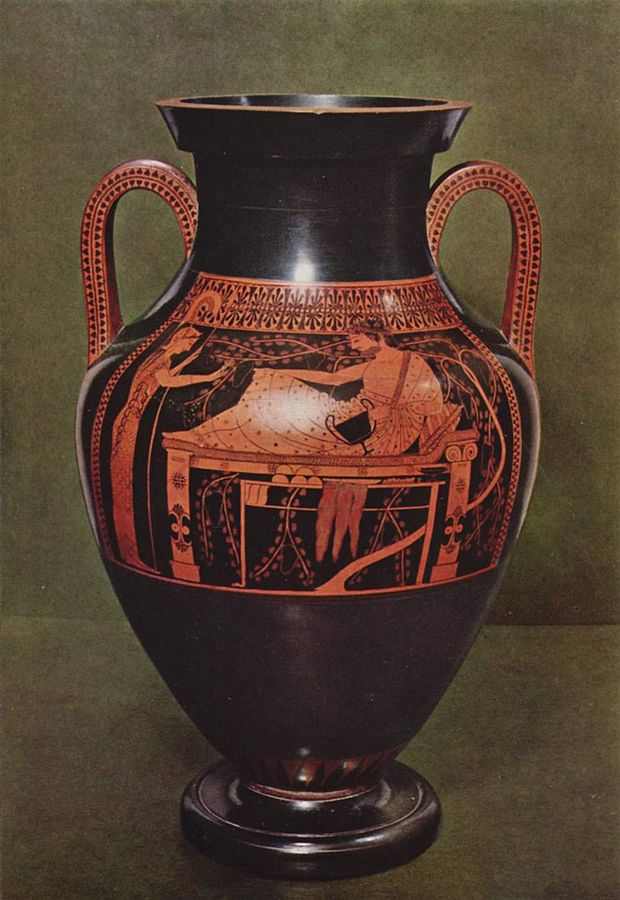 The Protogeometric style (c. 1050 – 900 BC) is characterized by wavy lines, circles, and triangles. A border with a distinct repeated motif, known as a meander, has been added in the Early Geometric Period (900 – 850 BC) and the vases are taller. The designs are more limited to the base of the neck down through the middle of the vessel. In the Middle Geometric Period (850-760 BC), the meander is now the focal point of the vessel, placed between the handles – the most important area of the vessel, known as the metope. Animals and humans are often depicted, a departure from the simplistic motifs of the earlier styles. It wasn’t until the end of the 6th century that the black- and red-figure pottery became more prolific.
The Protogeometric style (c. 1050 – 900 BC) is characterized by wavy lines, circles, and triangles. A border with a distinct repeated motif, known as a meander, has been added in the Early Geometric Period (900 – 850 BC) and the vases are taller. The designs are more limited to the base of the neck down through the middle of the vessel. In the Middle Geometric Period (850-760 BC), the meander is now the focal point of the vessel, placed between the handles – the most important area of the vessel, known as the metope. Animals and humans are often depicted, a departure from the simplistic motifs of the earlier styles. It wasn’t until the end of the 6th century that the black- and red-figure pottery became more prolific.
The larger pieces were often assembled separately and the firing process involved 3 steps – each one a variance on oxidization – introducing air into the kiln and then reducing the supply of oxygen while burning green wood to achieve the blackened effect. Once fired, the attractive pottery was put to many utilitarian uses by the Ancient Greeks – mixing vessels, cups, jugs, cosmetics – as well as marking graves and holding tomb offerings.
Native American Pottery
The pottery of the Native Americans is one of the oldest art forms in the history of the Americas, leading back at least as far as 7500 years ago. While as artful as it was useful, their pottery technique centered more on form and function. It is as varied as its many cultures, and developed as ways to transport, cook, and store food. Ceramics were also used for pipes, funerary urns, censers, and many other art forms. Evidence of early Native American Pottery has been found all through South America and has been dated back from 4,500 to 6,000 years ago, the oldest currently having been found in the Southeastern United States.
The Native Americans never used a wheel to shape their distinctive and symbolic pottery – all of it was made by hand and wood fired in a pit. The most common way to form a vessel was by coiling and pinching – rolling the clay into long ropes and coiling them atop each other while blending them in for uniform thickness and strength. While the ornamentation of Native American pottery varied widely, many of the shapes were universally used, each having its own purpose, and translating from one style to another with the passage of time.
Recognizing Native American Pottery Styles
Beginning in the 2nd millennium BC, stirrup spout vessels became common among the South American Indian culture. The ‘stirrup’ handle forms part of the spout, which rises from the top of the vessel. They were often elaborate, with animals sculpted into them. Although the exact date of introduction for the olla is unknown, this vessel was multi-purposed as pot for cooking food, or storing ashes from cremated bodies. While generally made with short wide necks and large ‘bellies’, when used for storing water, they were made with narrow necks to prevent evaporation, and some were even fashioned primarily for nursing infants.
Generally left unglazed, this allowed for water to permeate the clay walls and “sweat”, which evaporated and kept liquids cool. They were also buried next plants as irrigation. Before 500 BC, the double spout and bridge vessel became widely used by Peruvian Indians. It was a simple design, with two pour spouts “bridged” by a handle. It was usually decorated rather ornately, and burnished after firing.
To learn more about Ancient Greek or Native American/Mesoamerican pottery, visit The University of Reading and The Foundation for the Advancement of Mesoamerican Studies, Inc.
This article is by guest author Audrey Brooks, and sponsored by Emerson Creek Pottery. Emerson Creek Pottery creates dinnerware, bakeware, kitchenware and home decor that is safe and beautiful. Handcrafted ceramics from the Blue Ridge Mountains of Virginia.
Images from the public domain, from Wikipedia. Image sources: Greek Vase and New Mexico Bowl.

